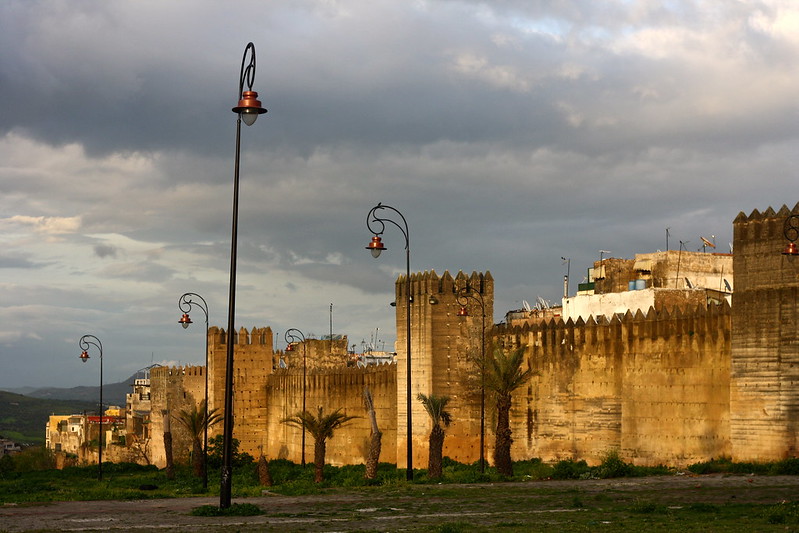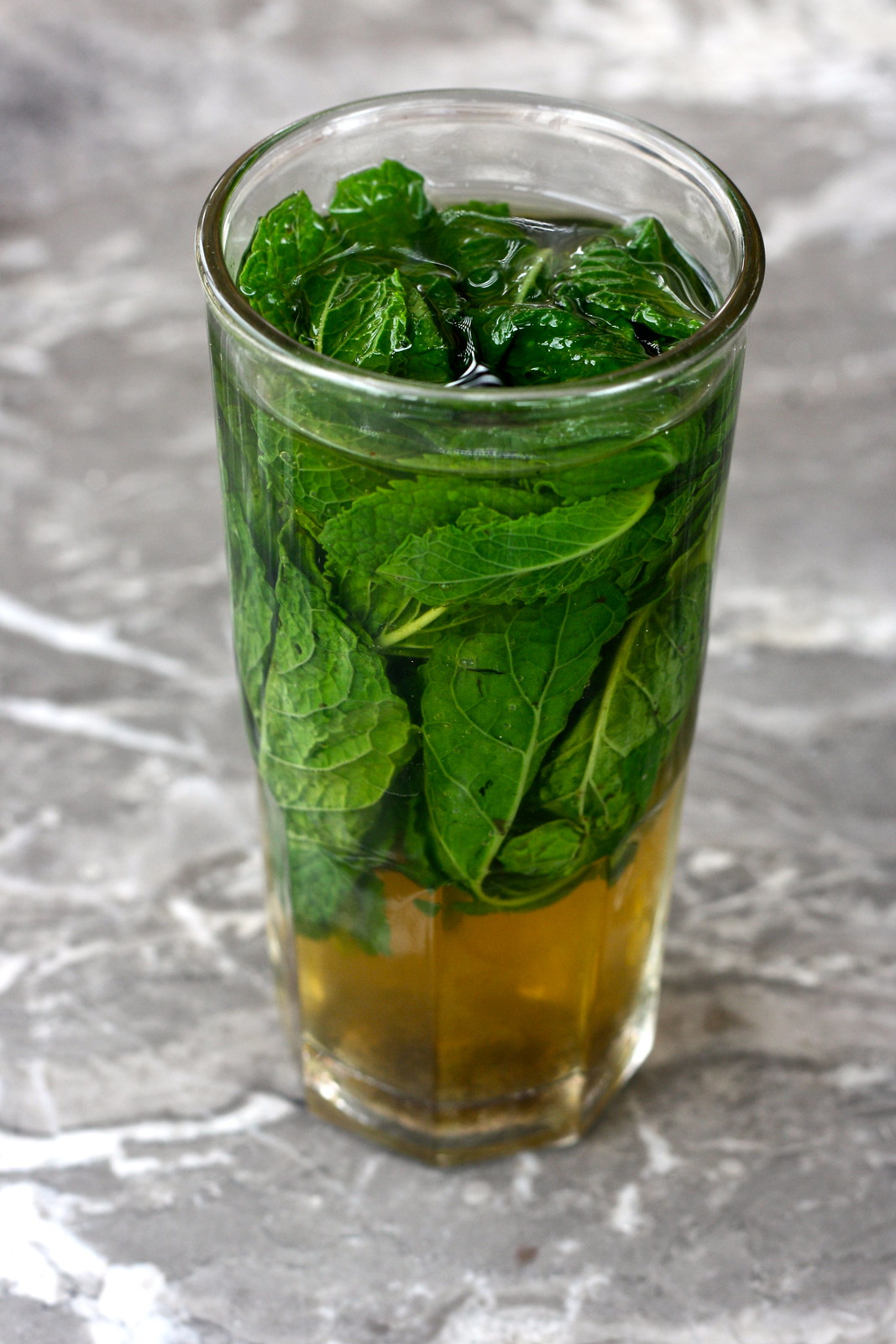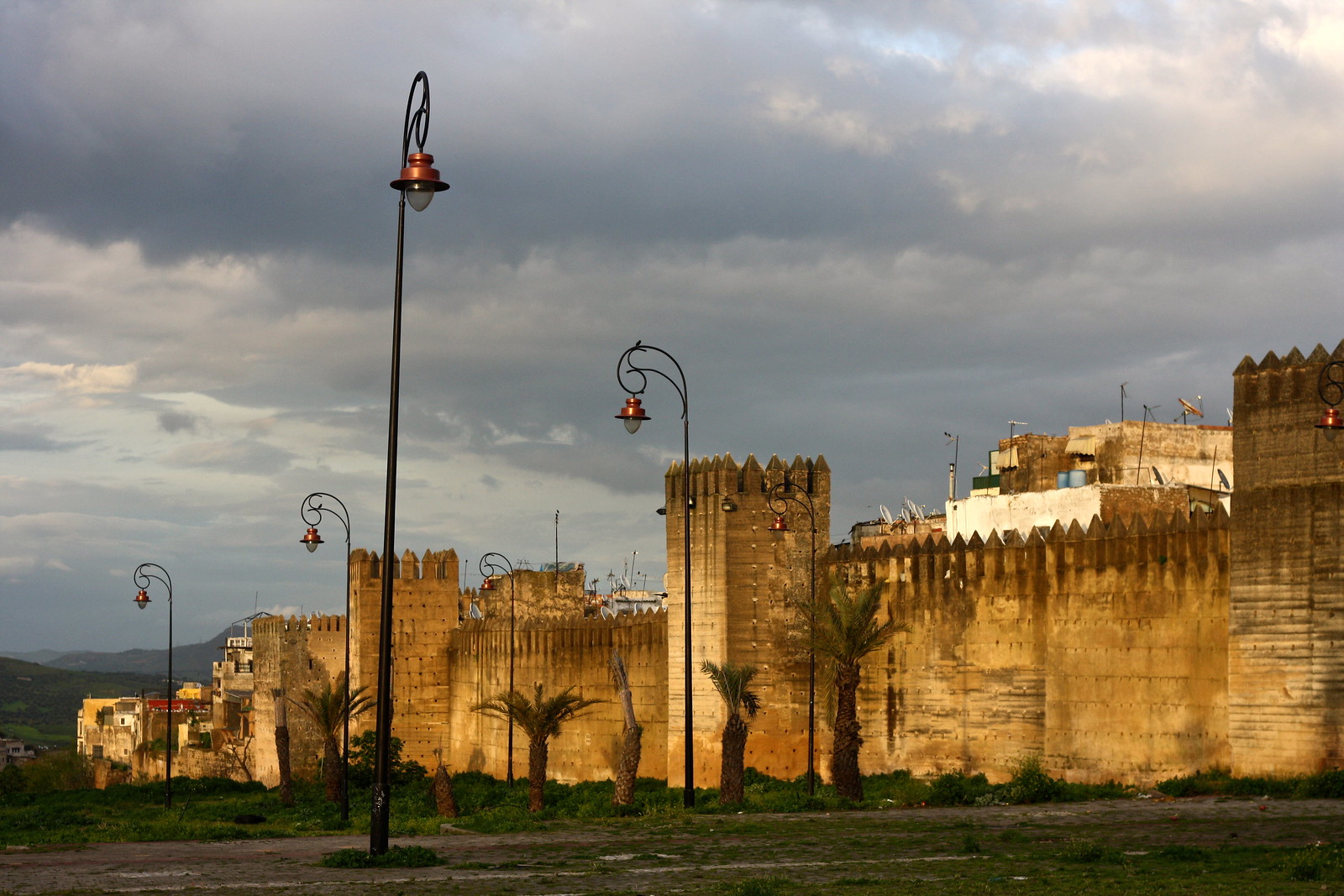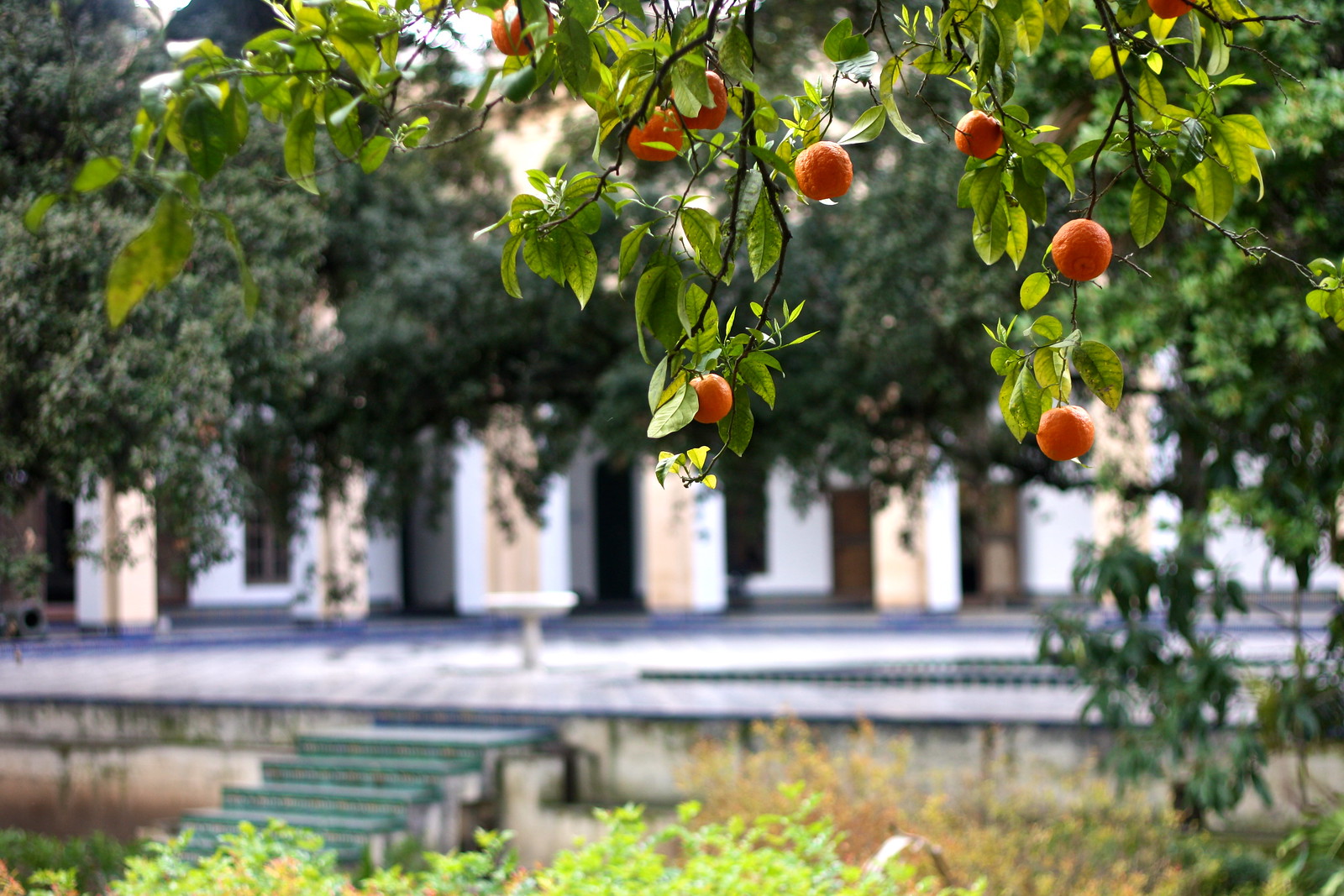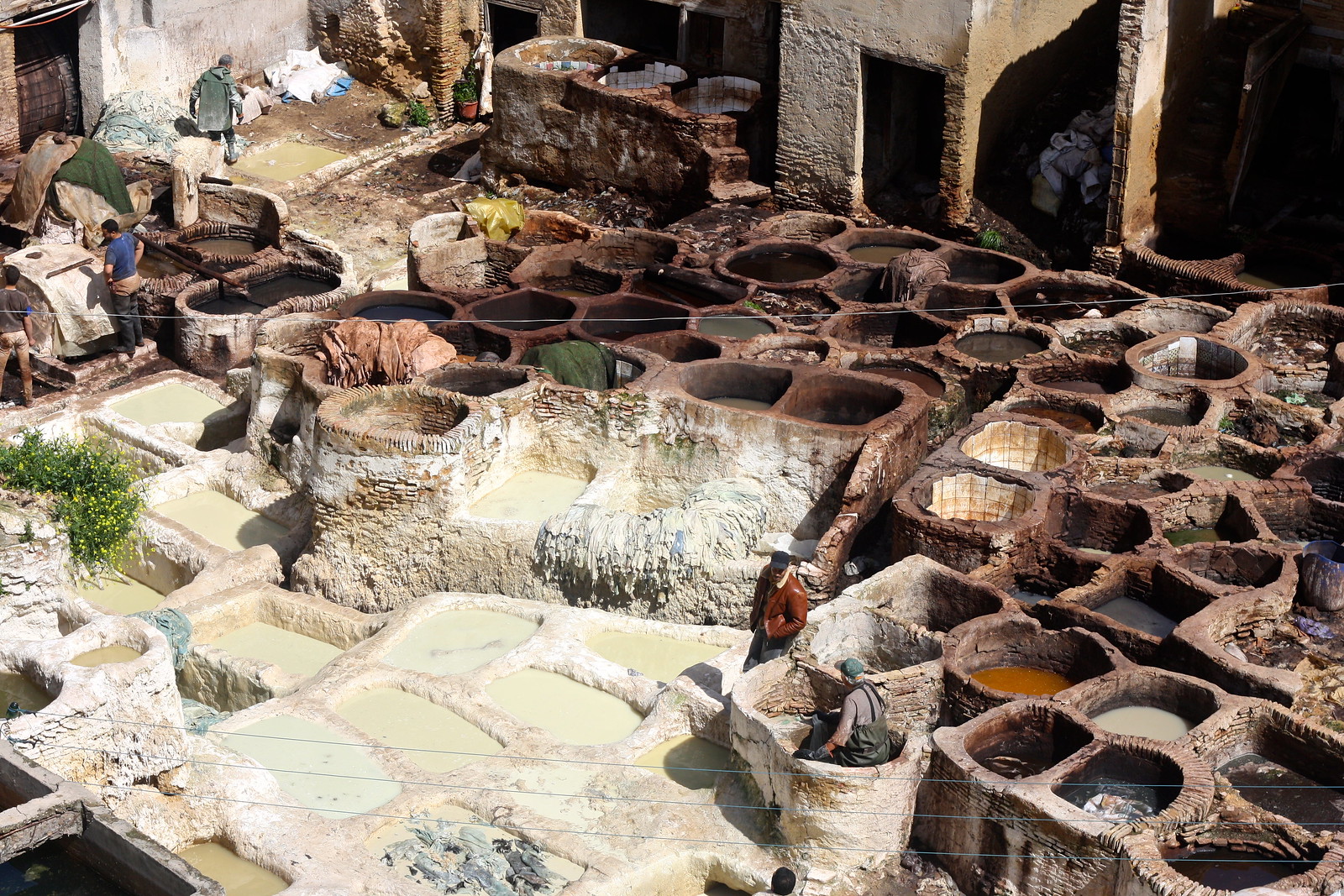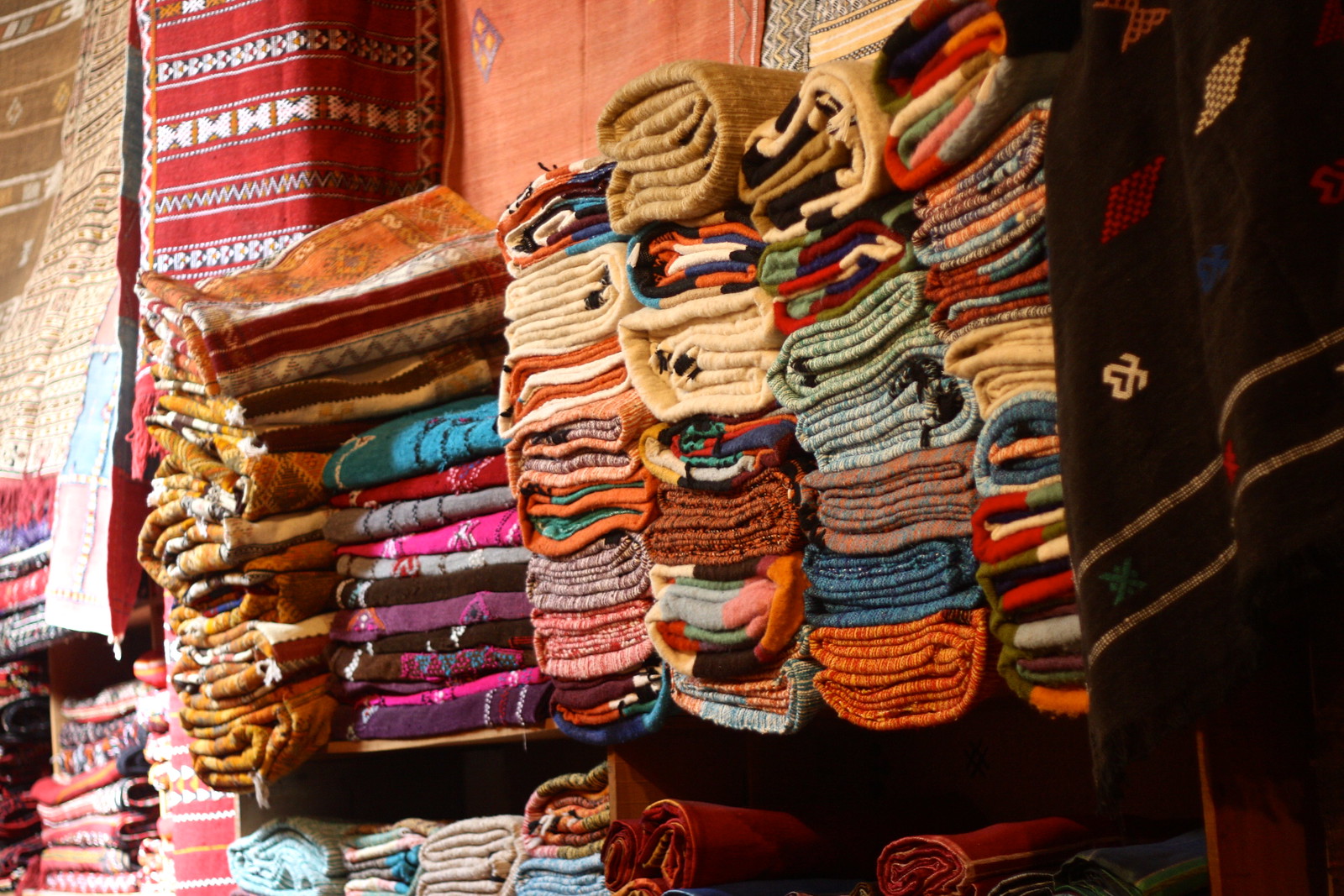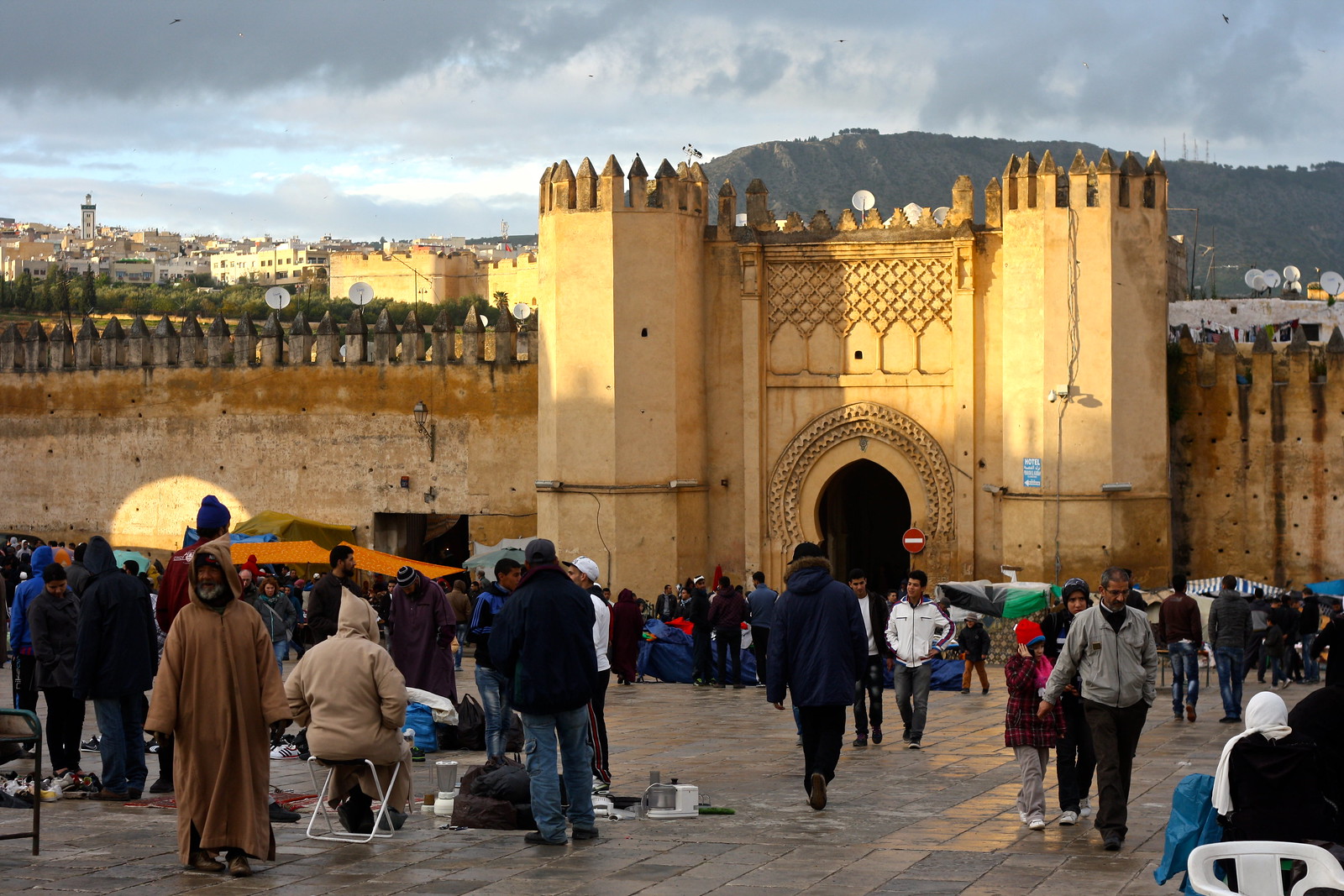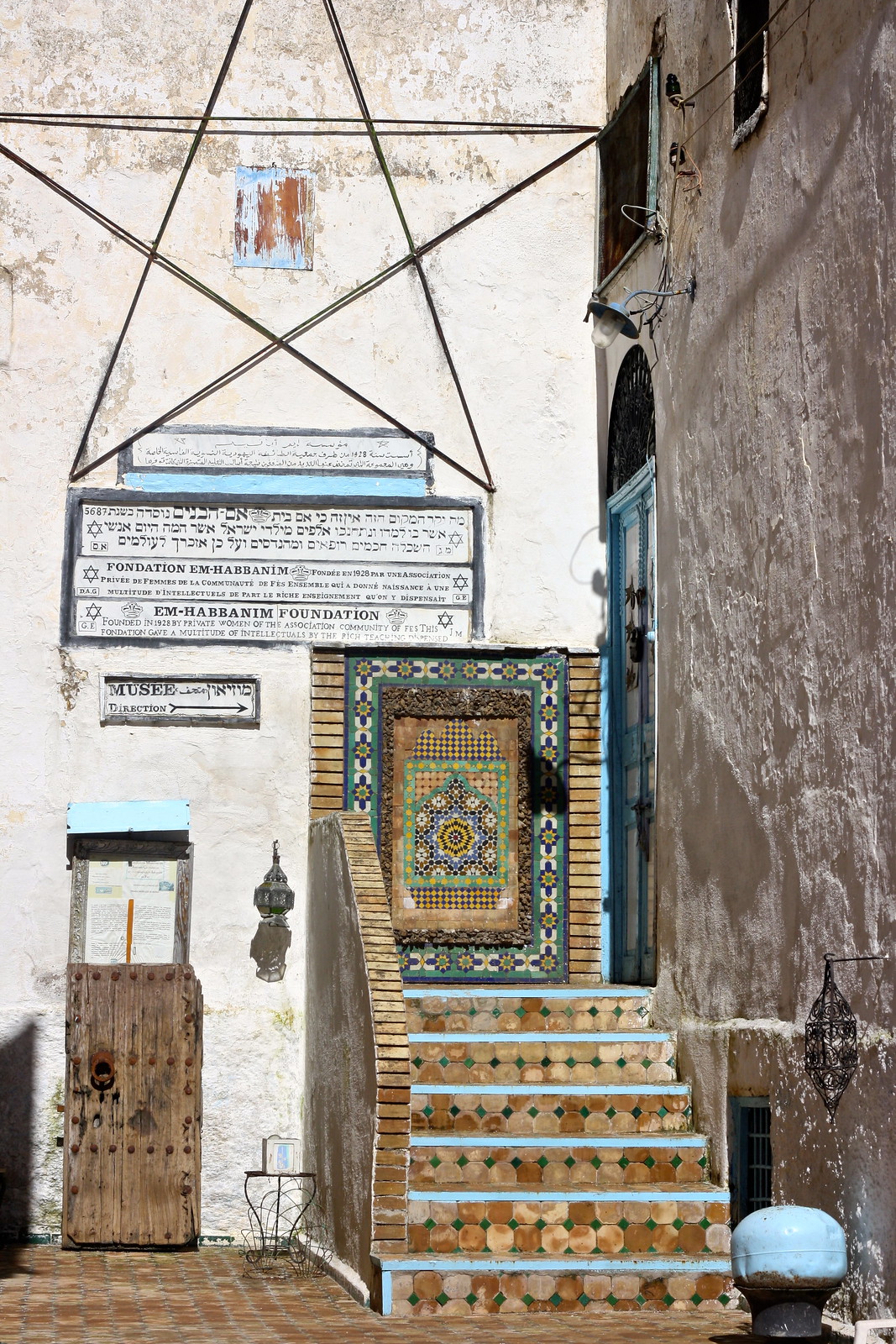I’m fully aware that I’m just now getting to blogging about
Morocco well over three months after the fact. But even after being gone for that amount of time, one memory still vividly stands out in my mind:
After six hours of travel and one train transfer (not to mention an overnight ferry from Spain), I had finally emerged from the dreary rain to behold the houses and streets of
Fez as we circled the city on the train tracks. The spring-green forests veiled the city once again, but it wasn’t long until we pulled in to the
Fez Train Station, a white, horseshoe-arched structure that in Spain would be called Moorish Revival but in Morocco…simply the norm. Weary from a day of transportation, I strolled into the main hall and gaped at the beautiful wooden ceiling and tilework-clad walls. Although the beautiful interior was finished just three years earlier, it nevertheless linked the new part of town with centuries-old artisanal traditions found in the old town.
My sleeping arrangements also lied in the
medina, or old walled city, but you
couldn’t have paid me to walk across a new city in the dark with two heavy bags.
So I joined the first taxi driver that approached me in front of the
station and asked to be taken to the
Bab
Bou-Jeloud, the colonial-era gate built in a corner of the medina that was
also the gateway to my hotel.
With the windows rolled down, we set off in the hibiscus-red
sedan as the evening sky entered the blue hour. My driver skirted the French
Ville Nouvelle for a rolling highway on
the edge of town. We spoke little, simply listening past the rushing wind to the beats of the Arabic
pop radio hit. Turning at an
intersection, I could feel we were going back in time—a great, hulking wall had
appeared, illuminated in a golden, lemon-yellow light, probably recently lit up at dusk. As we accelerated, the wall kept going and going; endless turrets and merlons flickered beyond the shady trees on the shoulder as folks in long, flowing white robes drifted by.
The months of preparing and anticipating, the hours of travel by boat and by train, the euros converted to dirhams and all the French and Arabic practiced had led up to this moment.
I had arrived at the Fez medina.
At this moment, I was reminded of many of the great cities in southern Spain; because Muslims from North Africa had invaded the peninsula in the eighth century and ruled over some part of the region until the year 1492, much of the civic architecture in that part of the country is very similar to that of historic Morocco. You can catch glimpses of it in what remains of old city walls in cities like Córdoba, Carmona, or
Úbeda, but most of these
murallas have often been torn down to make way for a growing population. Today, only a few battlements or small stretches have been conserved down the years.
Yet here in Fez, similar walls still stand in their entirety and clearly cordon off the City from beyond.
It was here for one of the few times in my life that I experienced the true sweep of history; the past had suddenly become real. Here was this inhabited place that had carried on for over a thousand years, keeping their walls in generally the same spot and style for nearly as long.
And here I was, in the year 2013, from a land far across an ocean—about to begin an adventure.
Appreciating the architecture
As an
architecture nerd and a big fan of Moorish art in Spain, I was really looking forward to the main buildings old Fez had to offer. But there was one small problem:
the Fez medina is an impossibly complex knot of tiny streets and alleyways that criss-cross two square kilometers of living medieval city. There was no way I was entering the labyrinth on my own—and a street map was simply out of the question. So, at the suggestion of my hotel, I hired a personal tour guide for my first morning in Morocco to introduce me to the wonders of Fez.
Mohamed, my guide, took me first to the
Medersa Bou-Inania, a 14th-century religious school that took me right back to the Alhambra in
Granada; it was literally covered in the
tilework,
woodwork,
plasterwork that said palace is famous for. The intricacy required to construct such art had a dizzying effect on me, and I was left even dizzier after Mohamed explained to me the
eight-pointed-star-and-traced-lines design. In this common motif in Islamic art, the squat, pointy star represents the
universe while the lines that connect these repeated stars represent
infinity. This beautiful geometric pattern shows up in the tile-, plaster-, wood-, and metal-based works produced throughout the Muslim world, especially since
Islam prohibits representation of living beings.
Next stop was the
Nejjarine Museum, a tall, three-story restored
fondouk or hotel-and-market designed for caravans of traders that would come through town to sell their wares. It has since been converted into a series of exhibits on woodwork and all the things that can be made with it, like wedding chairs or ornate doors. The building’s
interior is gorgeous; warm stained-wood columns and railings contrast pleasantly with the white plaster columns.
We paused at
Kairaouine University, one of the oldest establishments of higher education in the world. However, since I’m not a Muslim, I could only peek into the attached mosque from the busy medina street; it was an ethereal prayer hall of
swooping horseshoe arches and footfall-muting rugs.
The
Batha Museum was a soothing finale to an exciting jaunt across the city. Don’t get me wrong—I really enjoyed the tour Mohamed took me on—but after three hours it was definitely time for a rest. There were so many fascinating people wandering the streets, wearing both Western clothes and Moroccan robes and slippers; every so often we’d have to stand to the side for a laden donkey to walk by; and the meat markets had live chickens and, uh, fresh chicken meat to choose from in their stalls.
This converted palace was set up in the traditional Moroccan
riad-style of having a central courtyard around which the whole home centers, so on either side of the gardens were sets of exhibits featuring artwork and artifacts from the city representing the skills of Fez’s craftsmen. The palace itself is home to colorful
tilework (and even a few
kitties!). My favorite part, though, was the garden. Since I came in late March, all the spring flowers were blooming and everything was gloriously green, and it was here that I first inhaled the heavenly fragrance of the
orange blossom that I would come to fall in love with as springtime came to southern Spain.
Smelling the tanneries
Fez is (in)famous for its traditional complex of tanneries where beautiful leather is made from sheep-, goat-, cow-, and camel-skin. The
Chouara Tanneries are on the northeastern edge of town, mainly because they smell! Tour guides will bring you up to a handful of terraces where you can observe tanners at work rinsing and dyeing skins, but you need to pick up a spring of spearmint to hold to your nose to counter the stank of the washes and dyes. It wasn’t overpowering when I was there in March, but I hear it gets pretty foul in the summer heat.
The tannery guide explained to me the process of tanning leather. After the animals are slaughtered
halal (throats slit and all the blood drained), they’re skinned and the pelts are soaked in a whiteish mixture of pigeon poop and lime for a bit, which makes it easy to separate the dead wool or fur from the skin, which is then left to dry and later used as cushion stuffing. I was a little confused about what comes next (something involving spinning barrels), but the actual tanning and color-adding involves those pits of varying hue you can see in the photo above. The guide told me that they use
indigo for blue dye, saffron for yellow, mint for green, henna for brown, charcoal for black, and poppies for red. I was amazed at how natural the sources for all these dyes were.
Going shopping
No trip to the Fez medina is complete without shopping, or at the very least, accepting the invitations of the countless shopkeepers that ask you to just “take a look” at their wares. I didn’t buy very much, but I found simply listening to the sellers explaining their products a very educational experience. The two purchases I made in Fez were some blue
babouches or
slippers that are reportedly good for 1,500km of walking and
a small silver teapot to brew loose-leaf tea in.
I was not in the market at all for carpets, but since Mohamed my guide took me into a
Berber carpet shop, I agreed to sit back, sip some Berber tea, and take in the sights. The older man running the shop showed me all the different colors and sizes of the carpets, and the floor was quickly covered in layers of rugs. He told me that women weave the large carpets and men craft the blankets, but both types have traditional Berber tribal designs woven in them. And—get this—all the geometric and symmetrical patterns they sew into the carpets are all done from scratch! I loved everything he showed me yet kindly declined his offers until he brought out a thin, iridescent blanket made from cactus fibers. I couldn’t believe it; it looked and felt just like polyester but when he took out his cigarette lighter and put a flame to the fabric it wouldn’t catch on fire. Apparently, cactus fiber is fireproof.
One of the final stores Mohamed took me to was a
spice shop. I was in the market for some classic, loose-leaf green tea, which I did get, but not before the shopkeeper enthusiastically showed off his “Viagra,” a.k.a. ginseng root. (!) I was initially taken aback but went along for the ride after the Viagra spiel, getting to inhale whiffs of all-natural ambergris, saffron, cardamom, star anise, curry, rose essence, and cinnamon. There were so many wonderful fragrances and not a few lightbulbs in my head went off when I got to experience such famous traded goods as ambergris.
Seeing the whole city from above
While perusing my Lonely Planet guidebook, I noticed that they mentioned a place where you could hike up and get panoramic views of the whole medina. Since I was feeling a little claustrophobic inside the walls, I set off before sunset to the spacious
Place Baghdadi, a lively, tourist-free public area on the western side of the medina where people come to buy and sell goods, go for a walk, or watch street performers.
Passing through one of the
grand horseshoe arches in the city walls, I headed northeast, hugging the curb on one of the main highways into town. I soon came to a path that led up a bright green hill capped with some crumbling ruins—the
Borj Nord.
From this eerie setting I gazed to the south and took in the whole setting: a massive urbanization that would have been huge in medieval times, an establishment visibly bounded by pale gold stone walls and battlements, one with hazy smoke rising from stoves and ovens and with the sound of donkeys’ bells ringing out in the distance.
Exploring the mellah (Jewish quarter)
My last day in Fez, I wanted to check out the
mellah or Jewish quarter, as it sounded like an interesting and little-visited part of the old town. I wandered and got lost in the
Fez el-Jdid neighborhood, was told not to go down a street—twice!—by kind ladies, I walked for an hour in the midday sun around a palatial wall, but I
did make it to the quarter in the end.
It wasn’t long before a
faux guide approached me, or an unofficial guide who, true to form, hustled me into a guided tour of the Jewish quarter. The guidebooks advise you to resist their offers since it’s technically against the law to guide without state recognition and since they may try to manipulate you into buying goods or staying in hotels that they’ll get a commission off of BUT they can be both very helpful if you are lost and very informative, too.
So I accepted the offer of Yacoub, a Sephardic Jew, i.e., a descendant of Jews who were forced to leave Spain in the 15th century. He told me he spoke Arabic, Hebrew, French, Spanish, and English. I was amazed.
I sort of unwillingly followed him around town, not sure if he was going to demand payment in some back alley, but the tour was enlightening, as
he pointed out the unique street-facing windows and balconies, something typically Spanish but uncommon in the Arab world (as houses are centered on the courtyard). He showed me some crumbling tilework—
Spanish azulejos that looked very similar to Moroccan zellij—as well as a synagogue or two. Yacoub told me that after the “war” (which I’m assuming was the
1967 Six-Day War between Israel and her Arab neighbors), almost all the Jews fled Fez for either Israel or the United States, perhaps because of heightened ethnic tensions. Since then, they have sent money back home to preserve and restore the Jewish quarter, but progress has moved slowly.
At this point (in a deserted street, ugh) he asked me for the equivalent of ten euros not for the tour but for said restoration. I felt very uncomfortable giving
him the money instead of directly to the organization, not to mention the fact that I didn’t even have that in cash on my person. I don’t remember how but I managed to weasel my way out of the donation but I guess I just gave him all my change (a generous tip, ahem) and walked away after awkwardly thanking him for the tour.
Anyway, I did find the Jewish cemetery on the south side of the mellah—
a vast field packed to the brim with thousands of snowdrift-like white tombs. Dotting the cemetery was the occasional
tall, black headstone representing one of the city’s rabbis. Although my guide Yacoub was one of only a few dozen Jews left in Fez, the historical community was much more palpable after visiting the great cemetery, a memorial to a world where two different groups of people lived together, from medieval times down almost to the present day.
If you’ve ever been here, tell me your Fez stories in the comments below! Would you be intimidated or excited by the thought of going to Fez alone?
